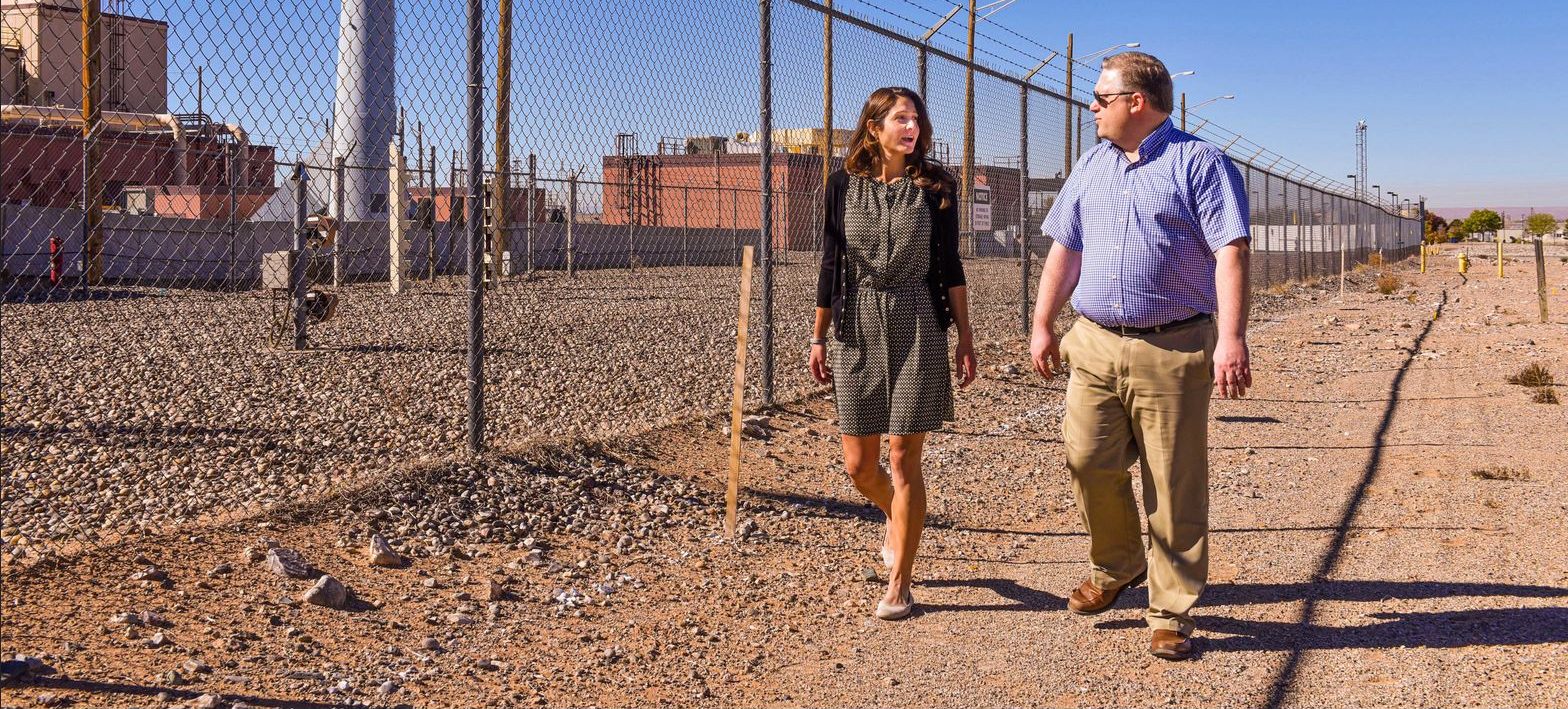

Sandia has played a pivotal role in the development of safety and risk assessment technologies for the U.S. Nuclear Regulatory Commission (NRC) since the Browns Ferry event in 1975. The Browns Ferry Nuclear Power Plant fire highlighted the breadth of safety challenges that could arise beyond those assumed in developing a nuclear power plant’s safety systems. Following this event, the Three Mile Island, Unit 2 (TMI-2) core melt event occurred in 1979. These two events highlighted the potential for substantial residual risk to public health and safety to remain because of the nuclear power venture in the United States.
These early events in the history of nuclear power in the United States led to a nearly 40-year effort at Sandia to support the NRC in evaluating the true level of risk to public health and safety posed by nuclear energy. Culminating in the Sandia-led State-of-the-Art Reactor Consequence Analyses (SOARCA) study, the decades of research into Light Water Reactor (LWR) safety has demonstrated that the real risk from nuclear energy to public health and safety is exceedingly small relative to other risks in modern, technological society. The research focus at Sandia has recently shifted to establishing methodological and analytical foundations for assessing risk for advanced nuclear energy technologies. The primary goal of this multi-decade research initiative is to establish the foundation for nuclear energy system safety and risk profiles that can enable broader public acceptance and social adoption.
MELCOR
To provide the fundamental technical bases for the nation in evaluating the risk acceptability of nuclear energy, Sandia developed deep expertise in multi-physics modeling to assess safety of nuclear energy systems and nuclear facilities. This expertise has been encapsulated in the integrated, multi-physics computer code MELCOR, which is an engineering-level computer code developed by Sandia for the U.S. NRC. MELCOR models both nuclear energy system behavior under operational and accident conditions. MELCOR characterizes a broad spectrum of physico-chemical processes, phenomena, and systems in all current and future nuclear energy systems.
MELCOR is a continually evolving toolbox for the quantitative assessment of nuclear energy system and facility safety, serving as the NRC’s nuclear accident modeling capability for 30 years. MELCOR has proved invaluable in enabling the NRC to resolve a broad range of regulatory safety issues, most critically supporting identification of safety enhancements following the 9/11 and Fukushima Daiichi events. The most recent NRC investments in MELCOR have resulted in a significant extension of modeling capabilities beyond its traditional focus on LWRs to now capture the complete spectrum of advanced reactors and fuel cycle facilities that will form the foundation of the nation’s future nuclear energy infrastructure. Without these capability enhancements, the NRC would be unable to evaluate and regulate these future nuclear energy systems.
Work with Us
We partner with large and small businesses, universities, and government agencies. With multiple agreement types to select from, partners can access world-class science, engineering, experts, and infrastructure.
Contact
To contact a member of the Nuclear Energy team at Sandia, please email ne@sandia.gov